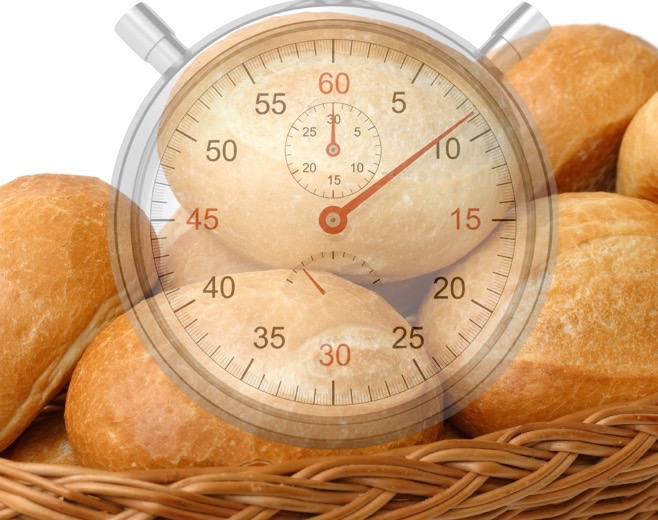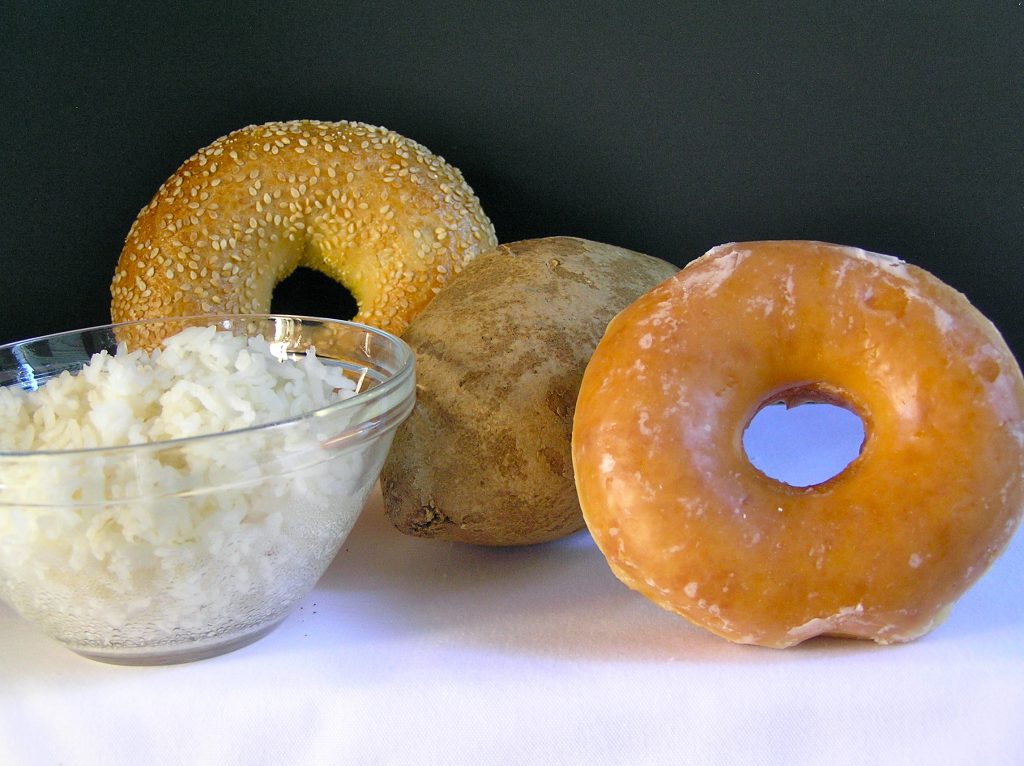No. At least not with respect to weight or health.
Did you ever wonder how calorie counts on food labels are determined? Or if they’re accurate? Let’s unpack the science on the number of calories in food and how they affect us.
What is a Calorie? And What Does a Calorie Measure?
A dietary calorie is the amount of energy required to raise the temperature of a kilogram of water by 1 degree Celsius. On average, carbs and protein contain 4 Calories and fat holds 9 Calories per gram. Each of these Calories, regardless of the source, will release the same amount of energy when measured in a laboratory test-tube. But people do not resemble glassware.
All Calories Are Not Absorbed Equally
It is commonly believed that the number of calories listed on food labels will all be absorbed into your body (or belly!). But not all calories are equally absorbed—and that’s where the usual method of calculating caloric intake can break down. Nuts, for example, are not completely digested—an experiment you can prove for yourself with a bit of bathroom introspection. In fact, a full 1/3 of the calories in almonds pass right on through to the sewage system.
Calorie Science: Some Calories Release Nutrients Differently
A great example is carbs. For instance, a large apple and a small baked potato have the same number of calories and total carbohydrates, yet a potato will boost sugar levels more than twice as much as an apple (this is referred to as “glycemic load”). Apples have more fiber, which slows digestions and reduces the amount of sugar absorbed.
Grinding food into smaller pieces can also influence its release of nutrients. Baked products made of finely ground whole-grain flour have double the glycemic load of the same amount of cooked intact whole grains. So calories count, but so does glycemic load—especially for the roughly 1 of every 3 Americans with diabetes or prediabetes.
Some Calories are More Satiating
Fat and protein keeps us feeling full longer than do carbohydrates. That explains why hunger returns shortly after a sugary snack, while nuts tend keep you satisfied for much longer.
Bottom line: some calories are more satiating than others—and help reduce overall caloric intake.
The calorie count matters, but is only one of many important dietary measures. A calorie is not a calorie—not for weight loss, nor for wellness.
References:
Measured Energy Value of Almonds in Human Diets
Particle Size, Satiety, and the Glycemic Response
Interested in eating better for your own health?
Learn the essentials of good nutrition in our interactive, user-friendly nutrition learning program for the public.
Clinicians: Do you feel confident responding to patient questions about nutrition?
Take our award-winning condensed interactive nutrition CME—and learn what every clinician should know about nutrition.



